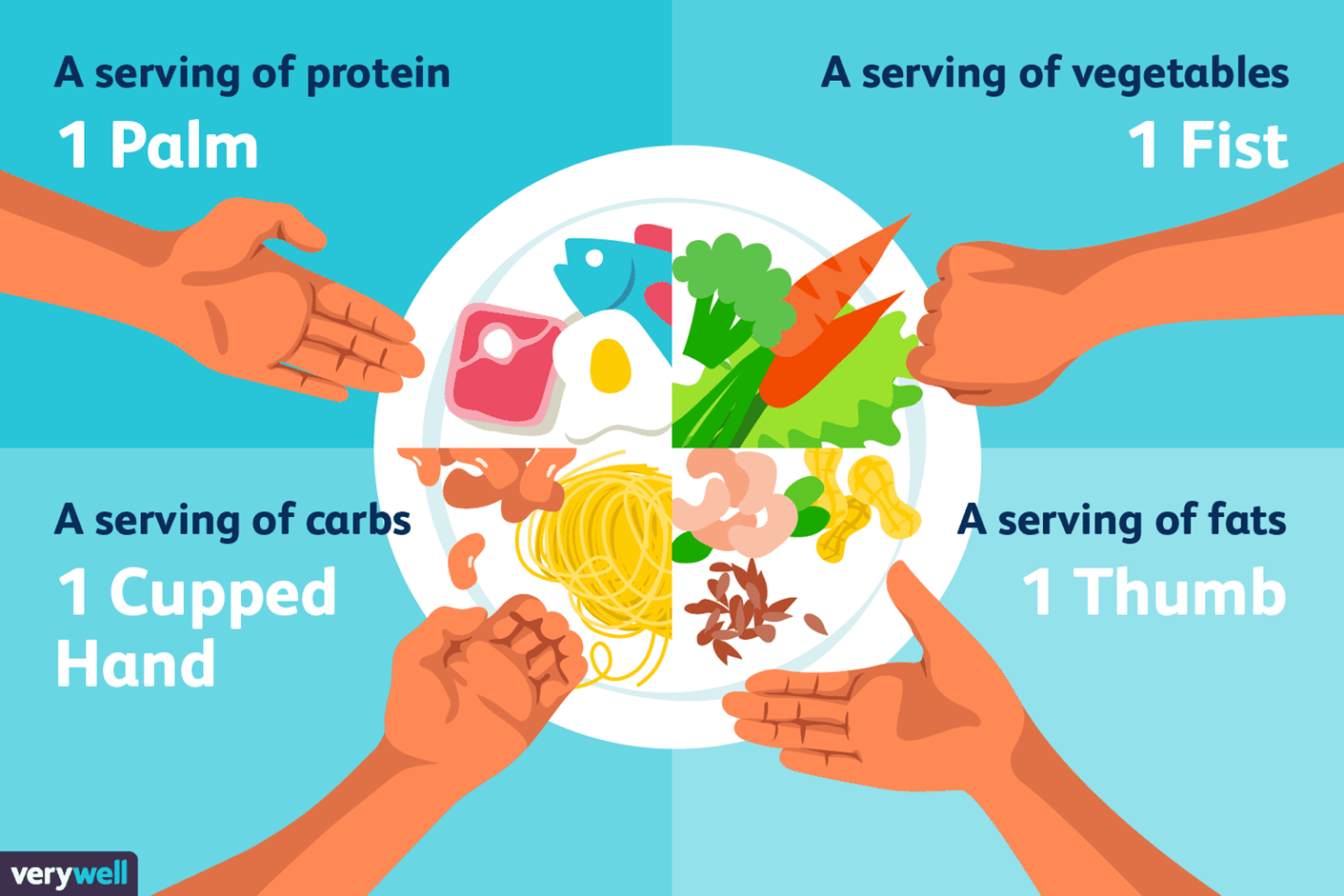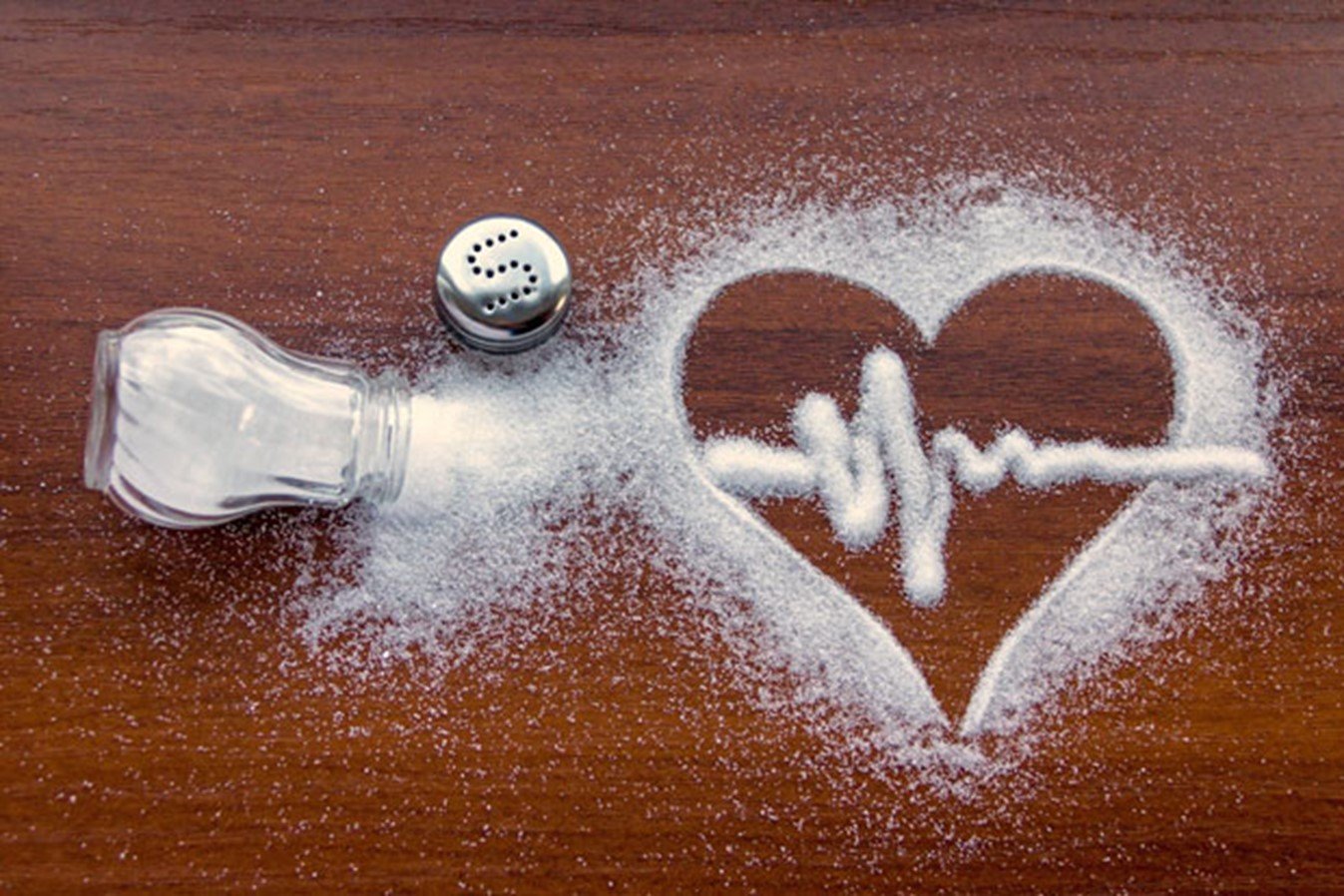
Imagine walking through the grocery store, pushing your cart past aisles brimming with colorful packages promising “all-natural,” “low-fat,” and “sugar-free” delights. The vibrant colors and enticing slogans beckon you to believe in their wholesome goodness. But how often do you pause to flip that box over and decipher the tiny print on the back? Here’s a surprising truth: that nutritional label might just hold the key to transforming your health. It’s like a secret code, whispering truths that most of us overlook. But what if you could unlock those secrets and truly understand what you’re putting into your body? Picture this: You’re standing in front of a shelf stacked with different brands of granola. One package claims to be the healthiest choice, boasting “low sugar” on the front, with images of fresh fruits and golden oats designed to evoke a sense of purity and wellness. You reach for it, thinking you’ve made a smart decision. But as you turn it around, the nutritional label tells a different story. Hidden sugars, unhealthy fats, and mysterious additives lurk within, cleverly disguised by confusing terms and industry jargon. It’s not just granola; it’s a silent battle between your health and deceptive marketing. In that moment, you realize that navigating nutritional labels is more than just a task—it’s a skill, a necessary tool in your journey towards a healthier life. But it’s also an act of empowerment, reclaiming control over what you feed yourself and your family. Every label you decode is a step towards understanding the truth behind the marketing, a move towards conscious consumption, where you make choices based on facts, not flashy slogans.
Think about it: how many times have you trusted a product based on the bold claims plastered across its packaging, only to feel betrayed when you discover that the so-called “healthy” option is loaded with sugars, salts, and unhealthy fats? The fine print, often overlooked, is where the real story lies. By learning to navigate these labels, you’re not just shopping smarter; you’re arming yourself with knowledge, the most powerful tool in the quest for a healthier lifestyle. Imagine the ripple effect this knowledge could have—no more falling for misleading claims, no more hidden surprises in your pantry. You become the master of your grocery cart, filling it with foods that truly nourish and sustain. In a world where convenience often trumps nutrition, this skill is your secret weapon. It’s time to take a stand, flip those packages over, and start reading between the lines. Your health depends on it.
Decoding the Label: Understanding Serving Sizes

The first thing to notice on any nutritional label is the serving size. It’s easy to assume that the entire package or container represents one serving, but that’s often far from the truth. A single serving might be just a handful of chips or half a cup of cereal, much less than what most of us typically consume in one sitting. Understanding serving sizes is crucial because all the nutritional information that follows is based on that specific portion.
-
Serving Size Importance:
- Serving sizes are often much smaller than what we typically eat in one sitting.
- All nutritional information, including calories, fat, sugar, and sodium, is based on this specific portion.
- Serving sizes are often much smaller than what we typically eat in one sitting.
-
Scenario Example:
- Imagine you grab a bag of your favorite snack, thinking it’s a light treat.
- The label says 150 calories per serving, but if the serving size is 10 chips and you eat 30, you’ve consumed three times the calories, amounting to 450 calories.
- Imagine you grab a bag of your favorite snack, thinking it’s a light treat.
-
Impact on Nutritional Intake:
- Calories: Misjudging serving sizes can lead to consuming far more calories than intended.
- Fats, Sugars, Sodium: Overeating based on underestimated serving sizes can significantly increase your intake of fats, sugars, and sodium.
- Calories: Misjudging serving sizes can lead to consuming far more calories than intended.
-
Long-Term Effects:
- Miscalculations can lead to weight gain, increased cholesterol levels, and other health concerns.
- Small misjudgments in serving sizes can add up over time, affecting overall health.
- Miscalculations can lead to weight gain, increased cholesterol levels, and other health concerns.
-
Managing Your Diet:
- Paying attention to serving sizes helps you manage your diet more effectively.
- It supports making informed decisions that align with long-term health goals.
- Paying attention to serving sizes helps you manage your diet more effectively.
By being mindful of serving sizes, you’re taking a crucial step toward more accurate and healthier eating habits.
The Mystery of Macronutrients: Fats, Carbs, and Proteins

Now, let’s dive into the macronutrients—fats, carbohydrates, and proteins. These are the building blocks of your diet, and understanding their role in your food is essential for making informed choices.
- Fats, for instance, are often demonized, but not all fats are created equal. Saturated and trans fats, found in many processed foods like pastries, fried items, and packaged snacks, can raise your cholesterol and increase your risk of heart disease. These unhealthy fats can silently contribute to the buildup of plaque in your arteries, leading to serious health issues over time. On the other hand, unsaturated fats, found in foods like avocados, nuts, seeds, and olive oil, are beneficial for your heart and overall health. These good fats help reduce bad cholesterol levels and are essential for brain function, making them a vital part of a balanced diet.
- Carbohydrates, too, have their nuances. Simple carbs, like those found in sugary snacks, candies, and soft drinks, can cause rapid spikes in blood sugar, followed by an inevitable crash, leaving you feeling tired and hungry soon after. Over time, these spikes can lead to insulin resistance and increase the risk of type 2 diabetes. In contrast, complex carbs, found in whole grains, vegetables, and legumes, provide sustained energy and are rich in fiber, which aids digestion and helps you feel fuller longer. These slow-digesting carbs support steady blood sugar levels, helping to maintain your energy throughout the day.
- Proteins are vital for muscle repair and growth, as well as for numerous bodily functions. Lean proteins, such as those found in chicken, fish, beans, and tofu, are excellent choices for supporting your muscles and keeping you feeling satisfied. However, it’s important to be mindful of processed meats like bacon, sausages, and deli meats, which often come loaded with sodium, preservatives, and unhealthy fats. These additives can negate the benefits of protein, contributing to higher blood pressure, an increased risk of cancer, and other health issues. By choosing lean, whole-food sources of protein, you can fuel your body with the nutrients it needs while avoiding unnecessary health risks.
Unveiling the Sugar Content: The Hidden Sugars in Your Food

Ah, sugar—the sweet culprit hidden in plain sight. Nutritional labels can be tricky when it comes to sugar content. While the total sugars listed include both natural sugars and added sugars, the real concern is often with the latter. Added sugars, which include everything from high fructose corn syrup to agave
nectar, contribute to empty calories and can lead to weight gain, diabetes, and other serious health issues like heart disease and liver problems. What makes added sugars so deceptive is their prevalence in products you might not expect. It’s easy to spot the sugar in a candy bar, but did you know that it’s also lurking in your favorite salad dressing, flavored yogurt, or even whole-grain bread? These sugars are often disguised under a variety of names, making it challenging to spot them on a nutritional label. When navigating nutritional labels, it’s important to look for terms like “sucrose,” “dextrose,” and “maltose,” which are all forms of added sugar. Other common aliases include “cane juice,” “honey,” and “maple syrup”—all of which can quickly add up to more than your recommended daily intake.
Even products marketed as “healthy,” “natural,” or “organic” can be laden with these hidden sugars. For instance, an organic granola bar might boast its use of natural sweeteners, but those sweeteners, whether it’s agave nectar or coconut sugar, still contribute to your overall sugar intake. The key is to not be swayed by the marketing buzzwords on the front of the package; instead, always read the label carefully and check the ingredient list for these sneaky sweeteners. By becoming more aware of the various forms of added sugar and how they’re listed, you can make more informed choices and better manage your sugar consumption. This not only helps in controlling your calorie intake but also supports your long-term health, reducing the risk of chronic diseases. So, the next time you reach for that seemingly healthy snack, take a moment to scrutinize the label—you might be surprised at what you find.
Sodium Shock: Why Less is More

Sodium, or salt, is another ingredient that can be deceiving. While our bodies need sodium to function—helping to regulate fluids, transmit nerve impulses, and support muscle function—too much of it can lead to high blood pressure, heart disease, and stroke. The problem is that sodium is everywhere, especially in processed and packaged foods.
- Hidden Sodium in Processed Foods: From canned soups and frozen dinners to sauces and snacks, these items are often loaded with sodium as a preservative and flavor enhancer, making it incredibly easy to exceed the recommended daily limit without even realizing it.
-
Daily Sodium Guidelines:
- Most health guidelines suggest keeping your sodium intake to under 2,300 milligrams per day, with an ideal limit of around 1,500 milligrams, especially for those with high blood pressure or heart conditions.
- With so much hidden sodium in everyday foods, it’s easy to surpass this limit, sometimes with just one meal.
- Most health guidelines suggest keeping your sodium intake to under 2,300 milligrams per day, with an ideal limit of around 1,500 milligrams, especially for those with high blood pressure or heart conditions.
- Impact of Processed Foods: For instance, a single serving of a processed food item might contain 500 milligrams of sodium or more—multiply that by multiple servings, and you’re well over the daily recommendation before you know it.
-
Choosing Low-Sodium Products:
- A good rule of thumb is to aim for products with less than 140 milligrams of sodium per serving. This level is generally considered “low-sodium” and is a safer choice when trying to manage your intake.
- However, it’s important to remember that just because a product claims to be “low-sodium” doesn’t mean it’s free from other unhealthy ingredients like added sugars, unhealthy fats, or artificial additives.
- A good rule of thumb is to aim for products with less than 140 milligrams of sodium per serving. This level is generally considered “low-sodium” and is a safer choice when trying to manage your intake.
-
Names to Watch Out For:
- Sodium can be hidden under various names like “sodium bicarbonate” (baking soda), “monosodium glutamate” (MSG), and “disodium phosphate,” among others.
- So, even if you’re avoiding the obvious salty snacks, you might still be consuming more sodium than you think.
- Sodium can be hidden under various names like “sodium bicarbonate” (baking soda), “monosodium glutamate” (MSG), and “disodium phosphate,” among others.
-
Reading Labels Carefully:
- Being vigilant about reading labels and understanding where sodium might be lurking in your food can help you make better choices and maintain a healthier diet.
- It’s all about balance and making informed decisions to protect your heart and overall well-being.
- Being vigilant about reading labels and understanding where sodium might be lurking in your food can help you make better choices and maintain a healthier diet.
Ingredients List: The Fine Print
Finally, let’s talk about the ingredients list, often found in small print below the nutritional facts. This list is a window into what’s really in your food. Ingredients are listed in order of quantity, from highest to lowest. So, if sugar is one of the first ingredients, you can bet that product is high in sugar, regardless of what the front of the package claims. Be wary of long, complicated ingredient lists filled with words you can’t pronounce. These often indicate highly processed foods loaded with preservatives, artificial colors, and other additives. Opt for products with shorter, simpler ingredient lists—whole foods that are as close to their natural state as possible.
Empowering Your Choices
Navigating nutritional labels doesn’t have to be overwhelming. With a little knowledge and practice, you can decode these labels like a pro, empowering yourself to make healthier choices for you and your family. Remember, what you eat is one of the most important factors in your overall well-being, and understanding what’s really in your food is the first step toward a healthier lifestyle. So, the next time you’re in the grocery store, take a moment to read those labels—your body will thank you.